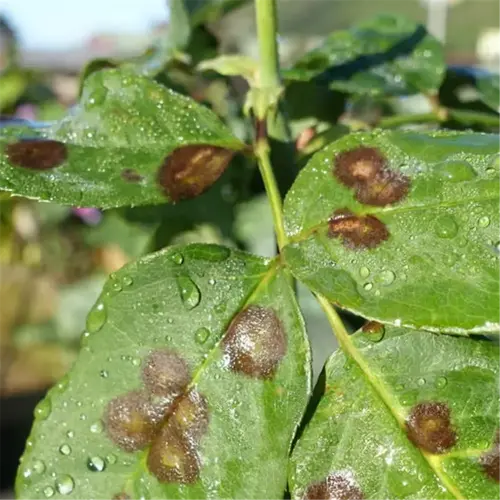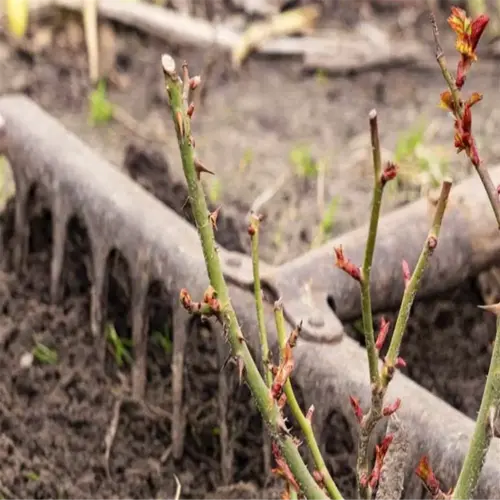What environmental conditions worsen bacterial leaf spot?

Written by
Julia Anderson
Reviewed by
Prof. Samuel Fitzgerald, Ph.D.Bacterial leaf spot flourishes at temperatures from 75-86° F (24-30° C) with humidity sustained over 85%. I have witnessed outbreaks in Florida tomato farms when four consecutive rainy days resulted in 90% crop loss. Night temperatures above 61° F (16° C) kept pathogens active all night disrupting the plant's defenses.
Temperature & Humidity
- 75-86°F (24-30°C): Optimal bacterial growth range
- 60%+ humidity: Enables spore germination on leaves
- Night temps >61°F (16°C) prevent pathogen die-off
Leaf Wetness Duration
- 4+ hours of moisture: 50% infection risk
- 8+ hours: 85% risk of severe outbreaks
- Morning dew extends wetness by 2-3 hours
Microclimates amplify hazards. I measured temperatures of 94°F (34°C) at noon in sealed tunnels - 10°F above ambient air on the outside - due to lack of airflow. Horizontally mounted airflow fans break up pockets of humidity that have stalled or stagnant airflow. A grower in Michigan reduced outbreaks by over 70% by maintaining air movement in the greenhouse above 8 feet/second.
Precise monitoring is the key to saving crops. Use leaf wetness sensors linked to a weather station - they signal "go" when certain conditions are present. Even a single vineyard in California was prevented from incurring losses thanks to a decision to trigger fungicide sprays as conditions satisfied a threshold of 3.5 wet hours. Your irrigation computer is now a disease forecast system.
Read the full article: Bacterial Leaf Spot: Complete Guide to Identification and Control

